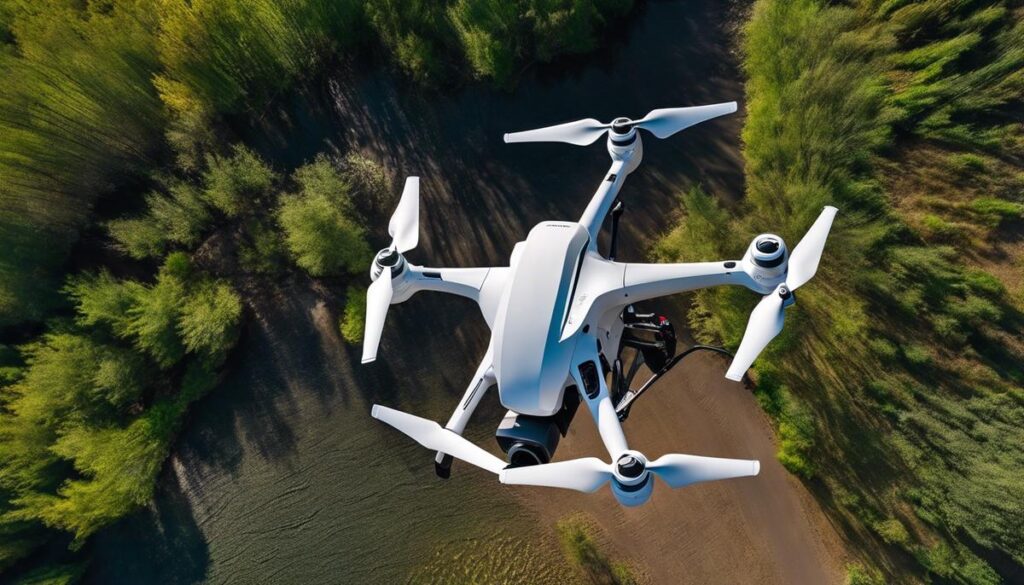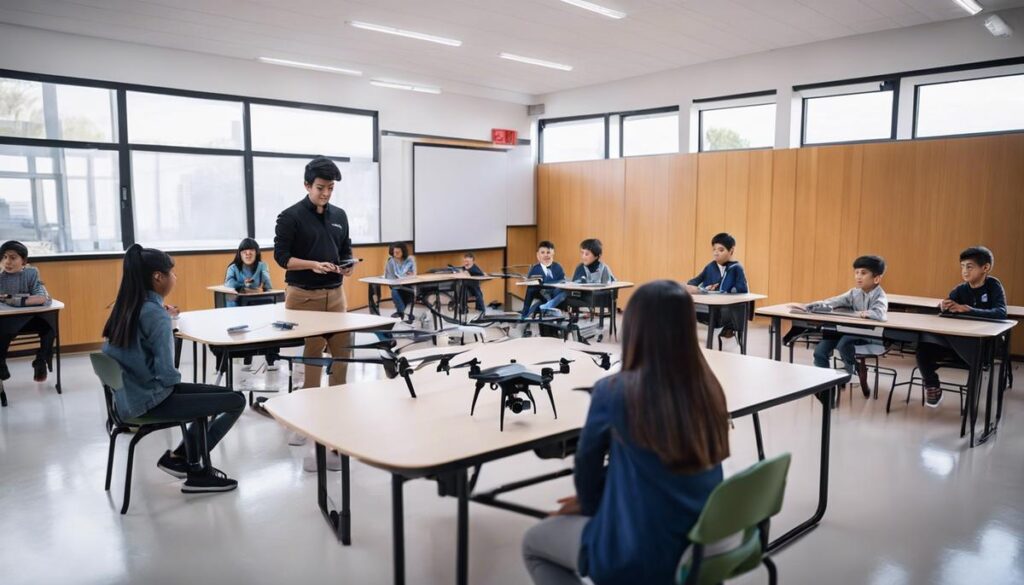Embarking on the enthralling journey of FPV (First-Person View) drone photography is a thrilling fusion of technology, art, and pure adrenaline. Whether you’re captivated by the allure of capturing the earth’s majestic landscapes from above or driven by the desire to document high-octane action from the skies, selecting the right drone is the cornerstone of your aerial photography adventure. With a focus on the critical features that make a quadcopter a reliable partner in the skies—stellar camera quality, unwavering stability, and agile maneuverability—this comprehensive guide is tailored for enthusiasts eager to delve into the nuanced world of FPV photography. Strap in, as we also unravel the intricacies of camera and equipment configuration, ensuring that every snapshot you take from the heavens is nothing short of breathtaking.
Drone Selection
Capturing the World from Above: The Perfect FPV Drone Photography Setup
When you’re soaring high with your drone, a new perspective unfolds below you; landscapes stretch out, horizons widen, and suddenly, you’re not just flying – you’re crafting art. FPV (First-Person View) photography takes this experience and elevates it, making the skies an endless canvas for creativity. But not all drones are created equal when it comes to FPV photography. Here’s what makes a drone truly suitable for capturing those breathtaking aerial visuals.
The Eyes: Camera Quality
To capture stunning aerial imagery, the heart of FPV photography is a high-quality camera. You’ll want a camera that offers high resolution for crystal clear images, a wide dynamic range to handle the challenges of variable lighting, and robust image stabilization to combat the movement of the drone. Think gimbal-mounted lenses that can pivot on multiple axes, ensuring steady shots even in unpredictable conditions.
The Wings: Flight Performance and Stability
FPV photography isn’t just about what you see; it’s also about the flight. For the smoothest and most accurate shots, your drone should boast impressive flight performance. This includes responsive controls, strong GPS locking for steady hovering, and advanced flight modes that aid in tracking and orbiting subjects. A drone that can handle a little wind without drifting will keep those shots sharp and free from blurs.
The Science: Video Transmission Technology
Real-time video transmission is a must. Look for a drone that provides a low-latency, high-definition video feed directly to your goggles or screen. With this, you can compose and adjust shots mid-flight, ensuring you capture the world exactly how you envision it.
The Endurance: Battery Life
Longer flights mean more opportunities to catch the golden light at sunrise or the purple hues at dusk. Drones with extended battery life help you remain airborne to take full advantage of these conditions, reducing the pressure of capturing the perfect shot in a hurry. Drones that offer a battery life upwards of 20 minutes should be your baseline for serious FPV photography.
The Craft: Build Quality and Durability
FPV photography can take you and your drone into the thick of it—through forests or near rocky outcrops. A robust build is key for longevity and sustaining minor knocks. Drones encased in durable materials, such as high-grade plastics or even carbon fiber frames, promise a longer life span for your aerial companion.
The Brain: Intelligent Features
With advancements in drone technology, some features may not be immediately obvious but can greatly enhance your FPV photography experience. Look for drones with obstacle avoidance systems, subject tracking, and programmable flight paths. Intelligent flight modes, like waypoint navigation or point of interest flying, enable you to focus on your photography while the drone autonomously handles the flying.
The Community: Support and Resources
FPV photography also means being part of a community that continually pushes boundaries. Ensure there’s a strong support system, whether it’s online resources, active forums or aftermarket parts availability. Not only does this help when you run into trouble or need advice, but it opens doors to upgrades and modifications that can tailor your drone specifically to your FPV needs.
Remember, choosing the right drone for FPV photography is an art in itself. The perfect blend of camera quality, flight performance, video transmission, battery life, build quality, and intelligent features can turn a simple flight into an unforgettable and vivid visual journey. So keep these essentials in mind, and take to the skies ready to capture the world through a whole new lens.
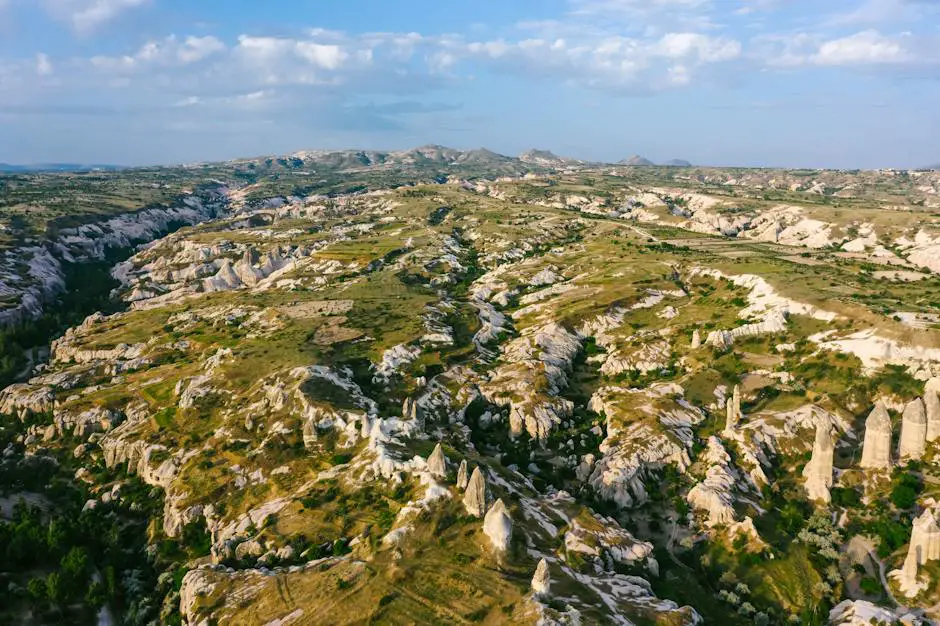
Camera and Equipment Setup
Achieving the Perfect Shot: Setting Up Your Camera and Equipment for Stellar FPV Photography
FPV photography is an exhilarating hobby that blends the thrill of flight with the art of capturing stunning images from the sky. Once you’ve picked out a camera with superb quality, ensured your flight performance is stable, sorted out your video transmission tech, and considered battery life, build quality, and the plethora of intelligent features available, it’s time to dive into setting up your camera and equipment for that optimal FPV experience.
Firstly, the positioning of your camera is critical. You want to mount your camera at an angle that gives you a clear view of the horizon while accounting for the tilt of the aircraft during forward flight. This sweet spot often varies between 20 to 30 degrees for most flyers, but it’s worth experimenting to find the angle that gives you the best perspective.
Balancing weight distribution is our next port of call. An FPV drone must maintain a balanced center of gravity (CG), and how your camera and additional equipment are mounted can significantly affect this. Make sure to counterbalance your camera’s weight by adjusting the battery’s position or adding counterweights if necessary.
Now, onto the camera settings. Lock in on optimal exposure by manually setting your ISO and shutter speed for the current lighting conditions. Lower ISO levels are preferred for daylight shoots to minimize grain, while higher ISO may be necessary for low-light conditions. Always aim for the lowest ISO you can get away with. As for shutter speed, following the 180-degree rule – setting your shutter speed to double your frame rate – will yield a natural motion blur that’s pleasing to the eye.
Let’s talk about focus. FPV drones are usually on the move, making continuous autofocus (AF) mode a handy feature. However, for fixed scenes or if you’re flying at consistent distances from your subject, manual focus can provide more control and consistency in your shots.
As for lenses, if your camera allows for interchangeable lenses, consider a wide-angle lens to capture more of the landscape and provide an immersive feeling to your footage. Just be cautious of any distortion that may come with wider lenses, and choose one that offers the best clarity and field of view for your needs.
A polarizing or ND filter can be a godsend for controlling light and reducing glare, especially on sunny days. It’s like sunglasses for your camera, helping you achieve correct exposure and improving color saturation for a more polished look.
Lastly, ensure that your video feed to your goggles or monitor is crystal clear. Use a reliable antenna setup and consider directional antennas if you plan to fly long-range. This will improve the quality of your video link and reduce the chances of losing signal.
Armed with these setups, taking to the skies with your FPV drone will become not just a pastime, but a journey into capturing exquisite, dynamic vistas that once seemed beyond reach. Each flight holds the promise of a fresh perspective, so adjust your gear, refine those settings, and let’s soar to the pinnacle of FPV photography together. No summary needed, the skies await!
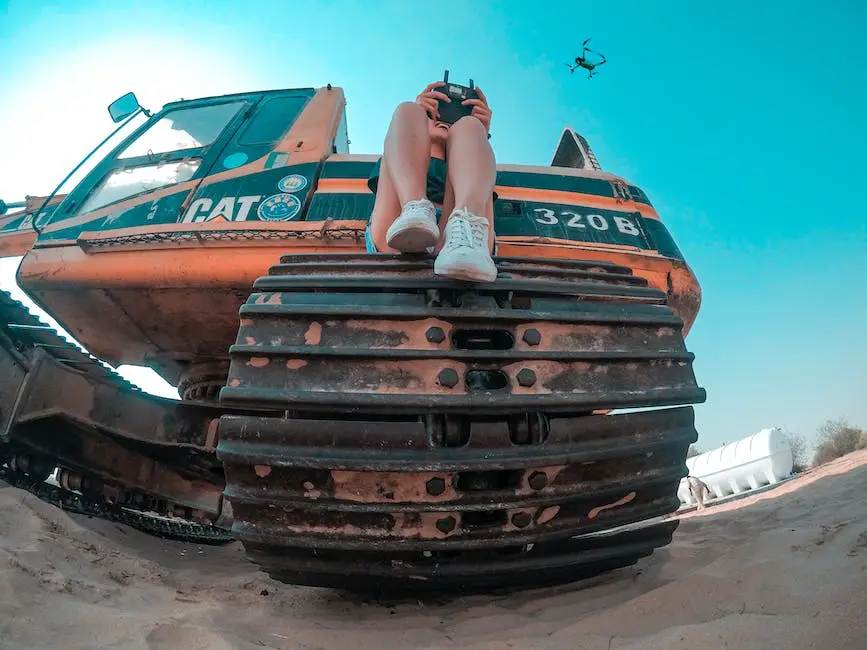
Flight Techniques and Safety
Mastering Flight Techniques for Top-Notch FPV Drone Photography
Beyond the technology and settings that have just been walked through — which, by the way, are certainly integral to crisp shots and smooth footage — there’s a keen emphasis on the art of flying itself that elevates FPV drone photography. Let’s delve right into enhancing those in-air maneuvers to complement the technical prowess.
Fluidity Through Flight: The Art of Smooth Operation
Smooth operation is the cornerstone of captivating FPV photography. To master this, one must practice consistent throttle control. Maintaining a steady altitude during flight can turn an amateur video into a professional-looking clip. Additionally, gradual movements with the control sticks help avoid jarring transitions that can disrupt the desired cinematic effect.
The Dance of Drone: Captivating Motion and Angles
In FPV flying, it’s not just about going from point A to B, but also how that path is carved through the sky. Integrating arcs and curves into flight paths can add a dynamic charm to footage. Banking turns and gentle spirals also make shots more engaging while providing a beautiful showcase of the landscape.
Point of Interest: Orbiting for Breathtaking Perspectives
Orbiting closely around a point of interest is a surefire flight technique to add drama and depth. It’s necessary to practice coordinating yaw and roll inputs for a stable and controlled orbit. This maneuver can be especially impactful when revealing sceneries or subjects from unique vantage points.
Aerial Elegance: The Magic of Reveals and Tracking
Unveiling scenes through reveal shots creates a sense of wonder. For this technique, fly the drone slowly towards a subject or scene, masking it initially behind a natural element (e.g., trees or buildings), and then smoothly revealing it. Likewise, mastering tracking shots—close, parallel flights alongside a moving subject—can tether viewers to the scene with an intimate perspective.
Safety in the Skies: Prioritizing Incident-free Flying
While honing these flight techniques, remember that safety is imperative. Maintaining visual line-of-sight with the FPV drone is key to safe operation—aided by using spotters if necessary. Also, respecting altitude and proximity regulations ensures not only legal compliance but also the well-being of people and property below. Checking for proper calibration and firmware updates can help mitigate risks of technical malfunctions during flight.
Pre-Flight Checks: The Pilot’s Ritual
Develop the habit of checking weather conditions and winds before takeoff. High winds can significantly affect drone stability and battery consumption. Additionally, a thorough pre-flight inspection of the propellers, motors, and overall drone integrity is crucial to prevent in-flight mishaps and ensure the best possible capture conditions.
Implementing these techniques with focused practice sessions will not only push FPV drone photography to impressive heights but also ensure each venture into the sky is as safe as it is successful. Keep in mind that each flight is an opportunity to blend the science of technology with the artistry of flight control—an exhilarating pursuit where compelling imagery is just a drone dance away. Fly safely and let the skies be the canvas for your FPV creativity!
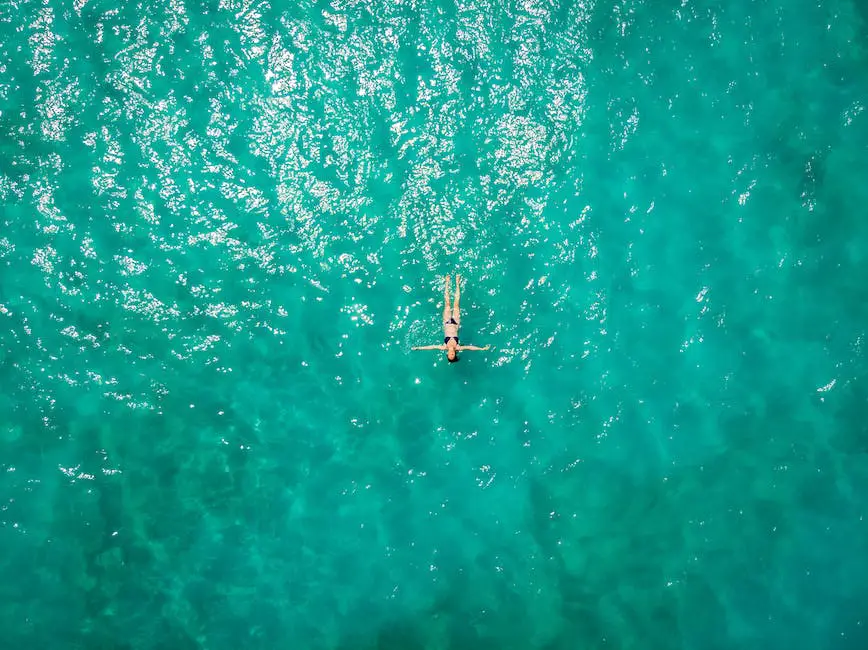
By immersing ourselves in the captivating realm of FPV drone photography, we’ve ventured beyond the terrestrial bounds to capture the grandeur of the world from an entirely new vantage point. From the synergy of cutting-edge drones and meticulously configured cameras to the exhilarating dance between skillful piloting and unwavering adherence to safety, the art of FPV photography unlocks an unprecedented canvas for creativity. As we continue to refine our techniques and push the boundaries of what is possible, our flights not only yield stunning photographs but also forge an irreplaceable connection with the vast sky above — every ascent a narrative, every descent an inspiration for the many journeys yet to come.


